The choice of filler is based on the area to be treated, patient characteristics, and the desired effect. Dermal fillers used to smooth wrinkles, which are often thinner, typically last six to twelve months. Deeper injections can last up to a year, and newer dermal fillers can last up to two years.

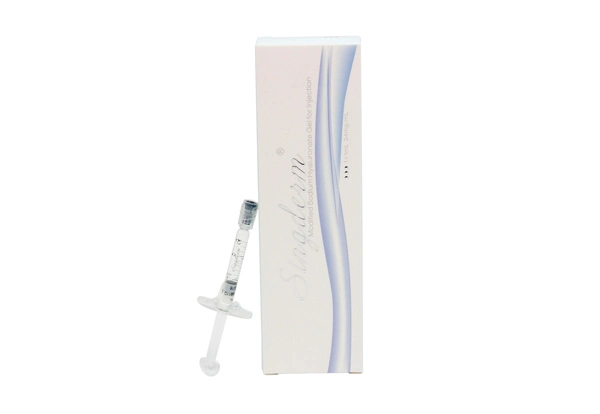
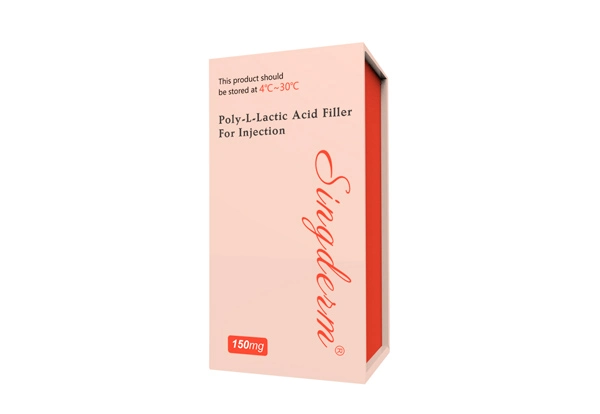
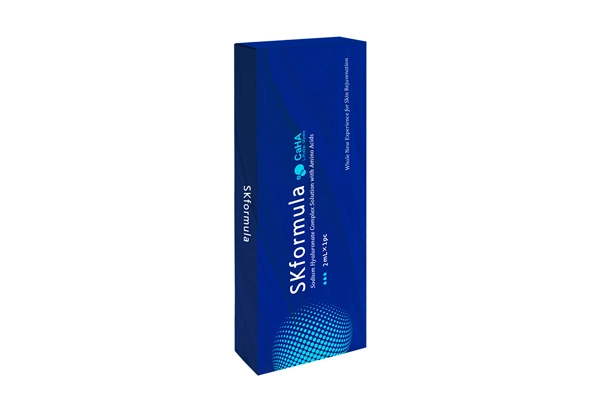


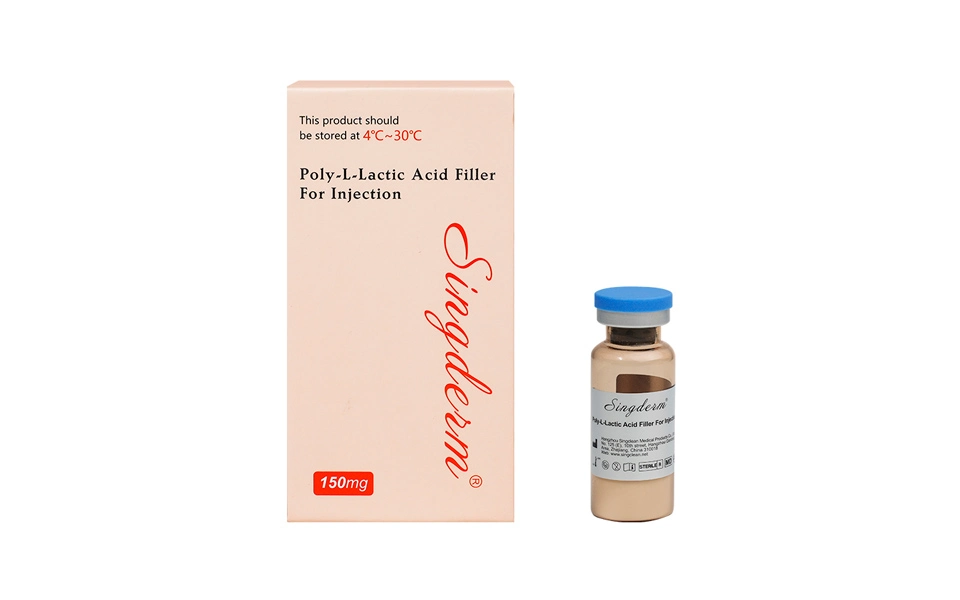
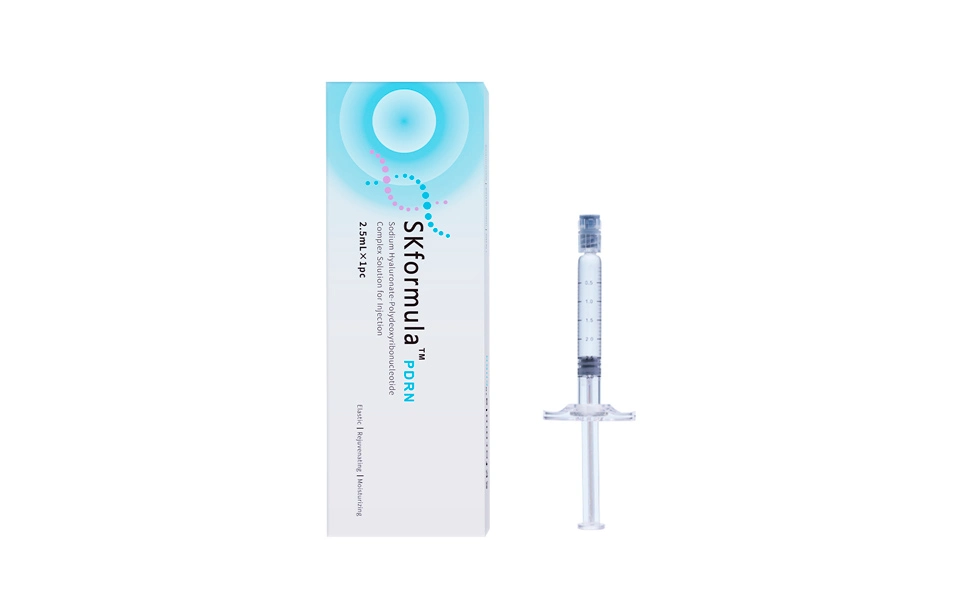
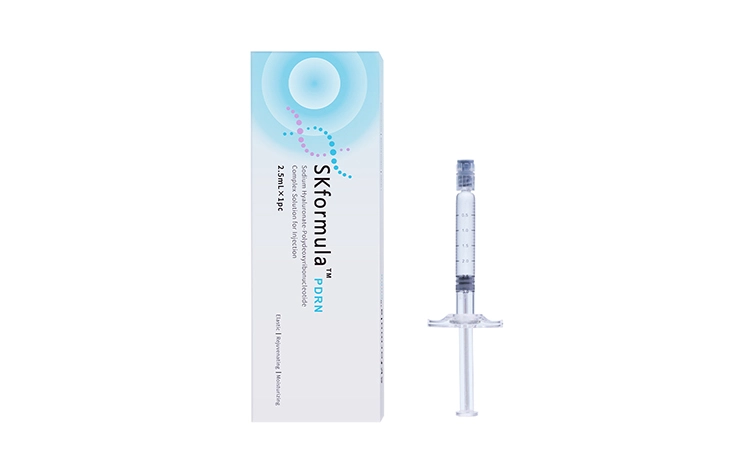


 Call us on:
Call us on:  Email Us:
Email Us:  No. 125(E), 10th Street, Hangzhou Qiantang Area, Zhejiang, China
No. 125(E), 10th Street, Hangzhou Qiantang Area, Zhejiang, China